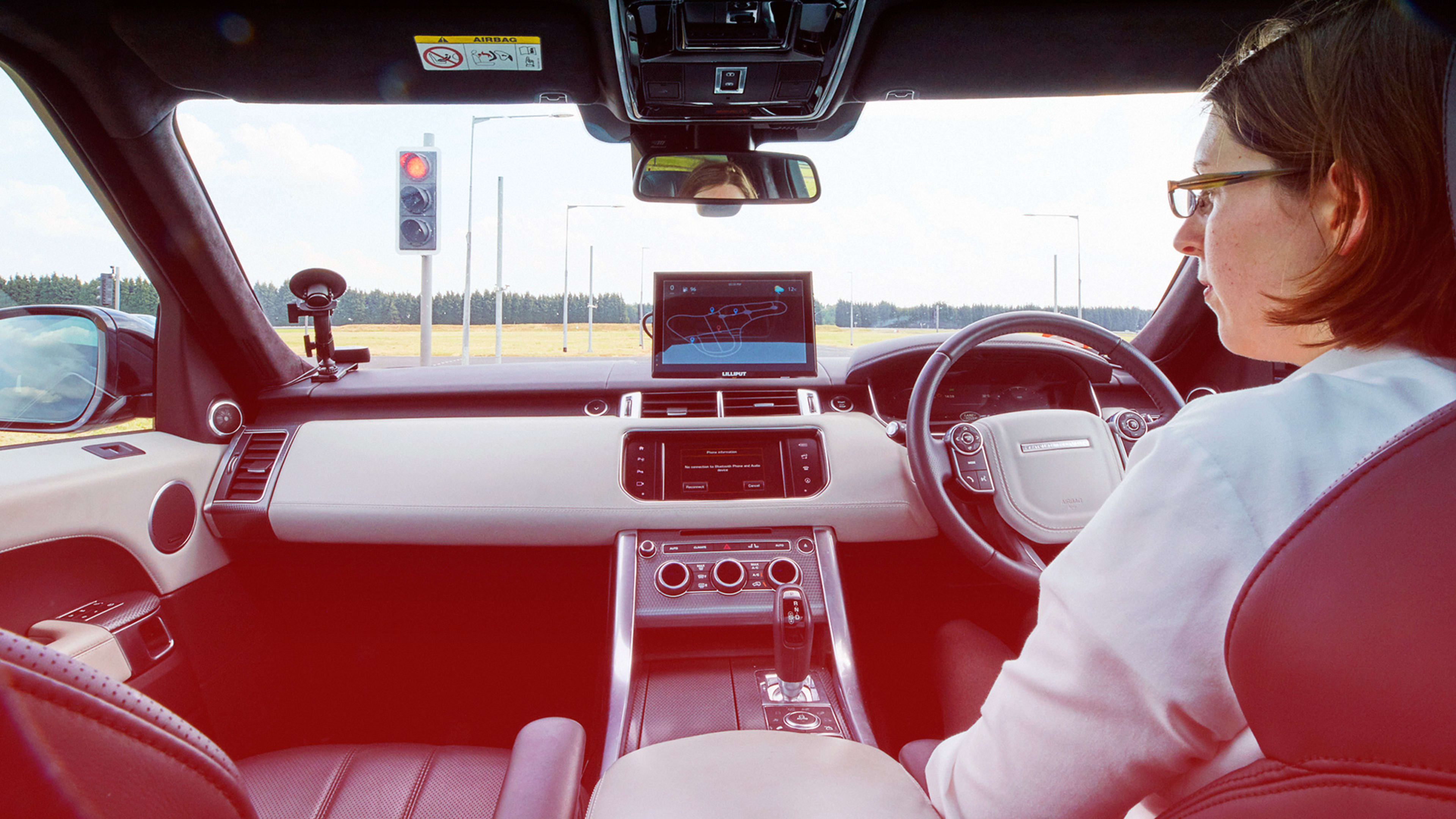Trends in auto safety are moving in the wrong direction. The number of traffic deaths in the United States over the past two years has increased by 14%, according to the National Safety Council, the largest jump in nearly a half century. More than 40,000 people died on our roads last year alone, the most since 2007. And another 4.6 million were seriously injured, a 7% increase from 2015.
The financial implications are staggering as well. The NSC estimates that motor vehicle deaths, injuries, and property damage cost more than $432 billion in the U.S., a 12% increase from 2015.
So what are automakers and technology companies doing about this problem? Investing billions of dollars—but not primarily on new safety upgrades that could be deployed in your next vehicle. Instead, that money is being funneled into building the driverless and autonomous vehicles of the future. In the rush to achieve fully autonomous driving, it appears we may be shorting advances in near-term technology development, says Bryan Reimer, research scientist in the MIT’s AgeLab and the associate director of the New England University Transportation Center at MIT. He is concerned that a significant investment in autonomy is presenting a barrier to more incremental increases in safety, during the transition from driven to driverless.
“With every investment comes a cost; there is just so much money in any one pot,” Reimer says. “What is the cost of focusing on autonomy rather increased investment in human centered driver aids, also known as advanced driver assist systems (ADAS), that can help us today?”

Abuelsamid says that despite the funding shifts, there has been progress in the spread of safety features and driver aids. “Automakers have been making the systems significantly more affordable over the last few years,” he said. Take the 2018 Toyota Camry: “Features like adaptive cruise control, lane-keeping, blind spot monitoring, and emergency braking will all be standard equipment,” says Abuelsamid. “And most of the big automakers are following this path.”
Reimer contends—and the fatality statistics back him up—that still more needs to be done.
One technology that could use more development is driver monitoring. While cars are certainly getting better at seeing and understanding everything around them, they are still relatively blind to the condition of the driver, the key element in a limited self-driving system where a human is still expected to supervise and take-over as needed. Cameras and other technologies need to monitor drivers’ attention, behaviors, and cognitive load and determine whether the person can take control of the vehicle. Though most first-to-market solutions are likely to focus on tracking the eyes, zooming out to observe the entire face, head, and body position would produce a more accurate assessment of a driver’s state of awareness and overall capabilities to manage the moment-to-moment responsibilities of safe driving.
The same technology can be extended to improve the vehicle’s human-machine interface, or HMI, which is a vital component of avoiding driver distraction. It should be able to adapt in real time to help limit the amount of information being forced upon the driver. For example, when the driver looks at the instrument cluster, key information sources can light up, while everything else in the dash dims and fades into the background. Phone calls and messaging can be suppressed (even for just a few seconds) if a driver lacks scene awareness.
“The goal is to choreograph the flow of data at the right time and in the right position, to eliminate confusion and simplify how [the driver] interacts with the machine,” explains Reimer. “We need to tune out [the information] that isn’t necessary and increase the [salience] of that which is necessary at the critical moments. Just because we have access to all of this information doesn’t mean we need to highlight it all at once. If information is controlled more effectively, it can make the act of driving more pleasant, more rewarding.”
As of this writing, none of these technologies is being fast-tracked for usage in upcoming car models. And while some of these technologies will dovetail with the needs of driverless or semi-autonomous driving, others would be rendered obsolete. The question is, when is that going to happen?
“The complexities of full autonomous development remain significant, and we still have no idea whether driverless will become a more widely spread solution in the short-term (5 to 10 years) or one that will take many decades to take hold,” says MIT’s Reimer.

It’s easy to see why investors, automakers, and technologists could be somewhat blinded by the potential safety benefits of the automated revolution, and fail to see some of the harsh realities that we need to be addressing in parallel so that drivers are safe during the transition from driven to driverless.
“I hope that the industry as a whole can begin to realistically consider the speed at which AVs will come to market and strike a balance between investing in the short and long term,” says Reimer. “It is clear that safety on the nation’s roads is in question, necessitating a review of investments to double down on what is working and innovate where needed.”
Recognize your brand’s excellence by applying to this year’s Brands That Matter Awards before the early-rate deadline, May 3.
